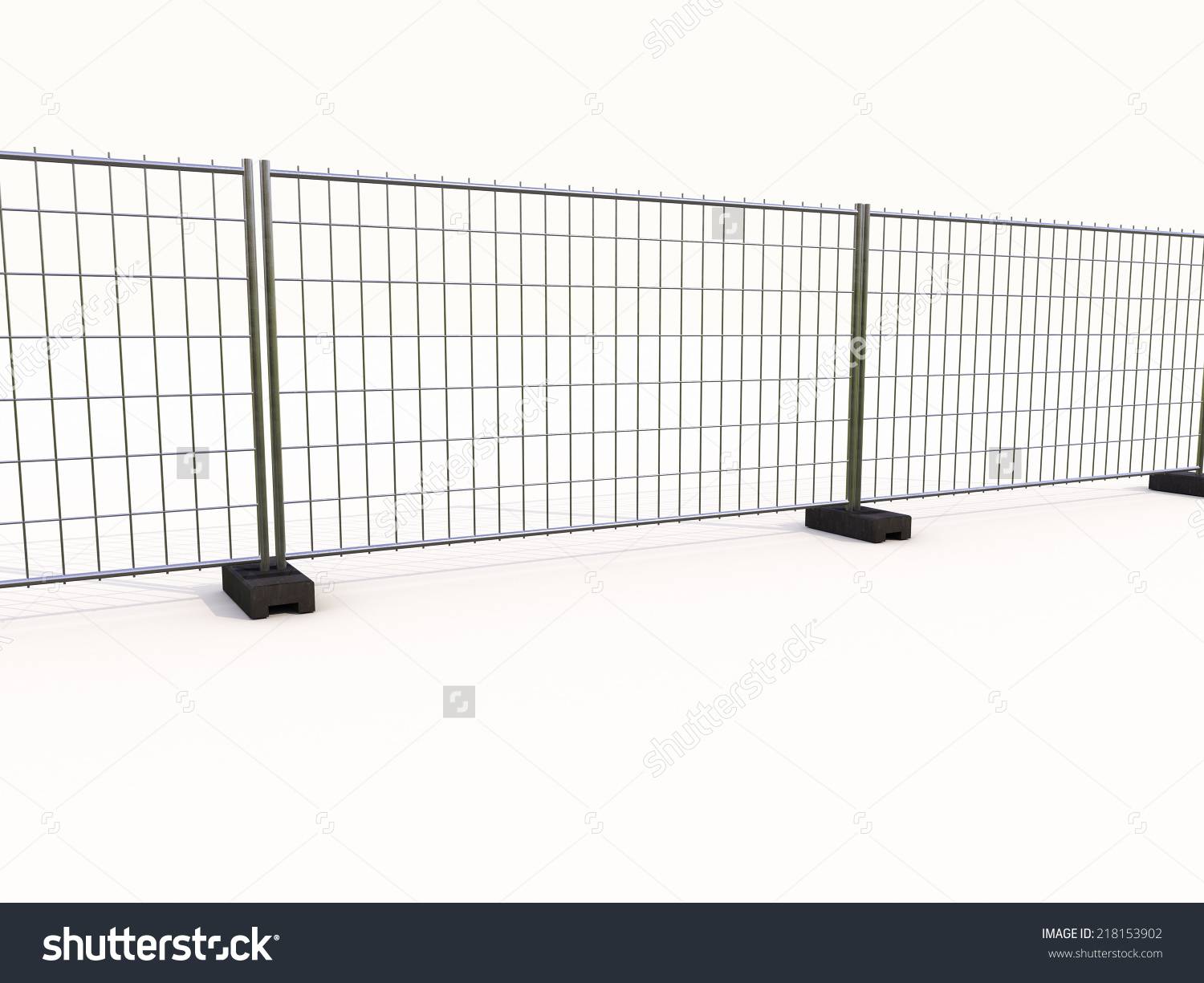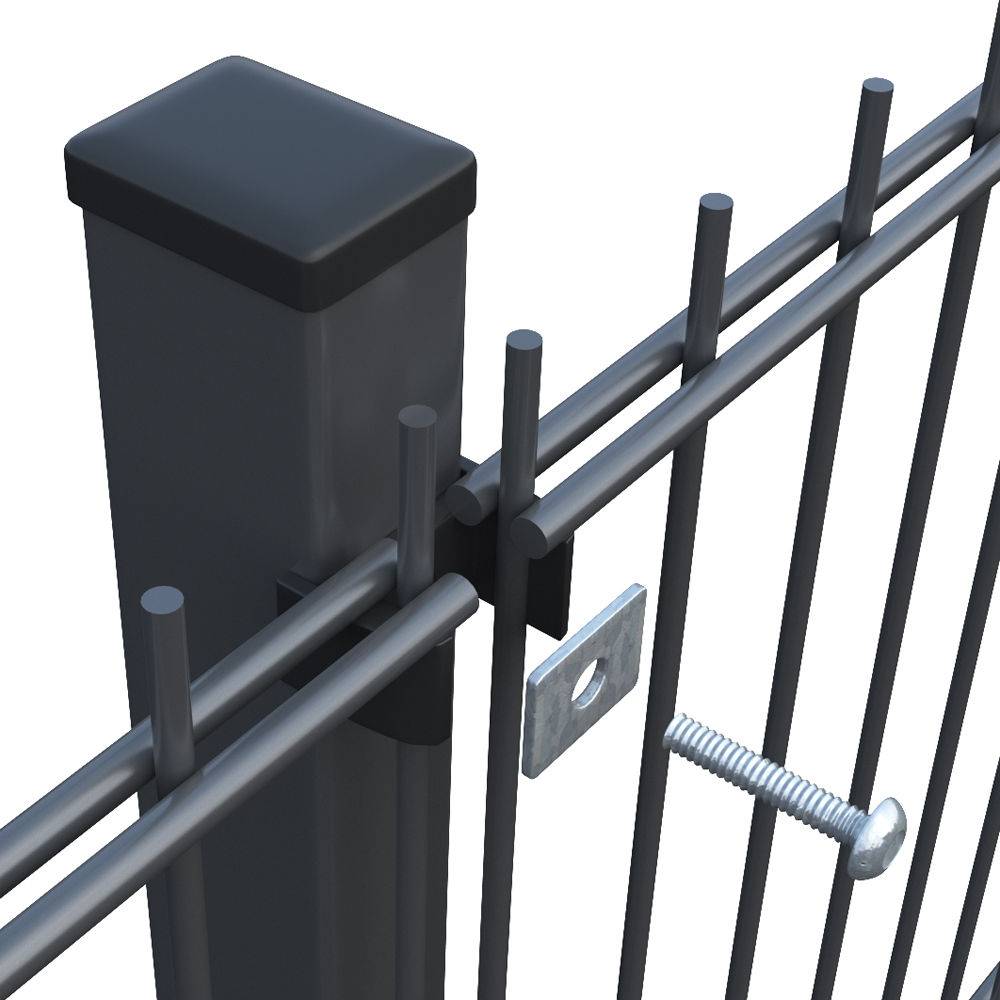

- africano
- albanese
- amarico
- arabo
- armeno
- Azero
- Basco
- Bielorusso
- bengalese
- Bosniaco
- bulgaro
- catalano
- Cebuano
- Cina
- China (Taiwan)
- Corso
- croato
- ceco
- danese
- Olandese
- Inglese
- esperanto
- Estone
- finlandese
- francese
- Frisone
- galiziano
- georgiano
- tedesco
- greco
- Gujarati
- Creolo haitiano
- Hausa
- hawaiano
- ebraico
- NO
- Miao
- ungherese
- islandese
- Igbo
- indonesiano
- irlandese
- Italiano
- giapponese
- giavanese
- Italiano:
- kazako
- khmer, lingua cambogiana
- Ruandese
- coreano
- Curdo
- kirghiso
- Lavoro
- latino
- lettone
- lituano
- Lussemburghese
- macedone
- malgascio
- malese
- Malayalam
- maltese
- Maori
- Italiano:
- mongolo
- Birmania
- Nepalese
- norvegese
- norvegese
- occitano
- Pashtu
- persiano
- Polacco
- portoghese
- Punjabi
- rumeno
- russo
- Samoan
- Scottish Gaelic
- Serbian
- Sesotho
- Shona
- Sindhi
- Sinhala
- Slovak
- Slovenian
- Somali
- Spanish
- Sundanese
- Swahili
- Swedish
- Tagalog
- Tajik
- Tamil
- Tatar
- Telugu
- Thai
- Turkish
- Turkmen
- Ukrainian
- Urdu
- Uighur
- Uzbek
- Vietnamese
- Welsh
- Bantu
- Yiddish
- Yoruba

Crowd Control Barrier: the Necessary Barrier to Shaping Order and Security
Barriera di controllo della folla, As a common physical barrier, it plays a crucial role in modern society. From large-scale events to public places, from emergencies to traffic management, it effectively divides, guides, and controls crowd flow with its flexible and efficient characteristics, thereby maintaining public order and ensuring personnel safety. Therefore, it is of great practical significance to delve into the functions, applications, and importance of Crowd Control Barrier.

The core function of Crowd Control Barrier is to create physical separation and restrict personnel movement
Through strategic deployment, crowd control barricades can divide large crowds into smaller, easily manageable units, thereby reducing security risks such as trampling and crowding. In sports events, concerts, and other activities, barriers can separate the audience area from the stage area to prevent unauthorized entry and ensure the smooth progress of the event. At the same time, the isolation barrier can also guide the crowd to evacuate according to the predetermined route in emergency situations, avoiding chaos and congestion, and minimizing casualties to the greatest extent possible.
The application scenarios of Crowd Control Barrier are very extensive
At public transportation hubs such as train stations and subway stations, crowd control fencing are used to guide passengers to queue in an orderly manner, reduce congestion, and improve traffic efficiency. At construction sites or hazardous areas, isolation barriers can serve as a warning to prevent unrelated personnel from entering and ensure construction safety. During political rallies or demonstrations, barriers are used to separate different groups, control the size of the crowd, prevent conflict escalation, and maintain social stability. In addition, isolation barriers also play an important role in disaster relief, which can be used to build temporary shelters, isolate dangerous areas, and control the distribution of rescue supplies.
The design and deployment of Crowd Control Barrier also require careful consideration
Firstly, the material of the crowd control fence needs to be sturdy and durable, able to withstand the impact of crowds, and not easily damaged. Secondly, the height and spacing of the isolation barriers need to be designed reasonably, which can effectively block crowds without causing excessive suppression or hindering evacuation. In addition, the deployment of isolation barriers needs to be combined with specific scenarios and crowd characteristics, taking into account factors such as personnel flow direction, evacuation routes, emergency exits, etc., to develop a scientifically reasonable isolation plan.
However, we must also recognize that Crowd Control Barrier is not omnipotent
Excessive reliance on isolation barriers may lead to a backlog of people and increase safety risks. Therefore, while deploying plastic crowd control barriers, it is also necessary to cooperate with effective organizational management, strengthen personnel guidance, evacuate crowds in a timely manner, and develop comprehensive emergency plans.
In short, as an important physical barrier, crowd barricade play an irreplaceable role in maintaining public order and ensuring personnel safety. Through reasonable design, deployment, and management, isolation barriers can effectively divide, guide, and control crowd flow, reduce safety risks, and improve traffic efficiency. However, we must dialectically view the role of isolation barriers and combine them with organizational management, personnel guidance, and other measures in order to truly achieve the goal of crowd control and build a safe and orderly public environment.
Crowd Control Barrier FAQs
What is Crowd Control Barrier?
Crowd Control Barrier is a physical facility used to manage crowd flow and ensure safety. They are usually used for events, concerts, sports events, and any occasion that requires separating crowds or guiding pedestrian flow.
What are the types of Crowd Control Barrier?
Common types include:
Mobile barrier: lightweight, easy to quickly arrange and remove.
Fixed barriers: typically used for long-term activities such as construction sites or traffic management.
Scalable barrier: adjustable length, suitable for different occasions' needs.
What are the main functions of Crowd Control Barrier?
The main functions include:
Control the flow of people: guide the crowd to move on specific paths.
Enhance safety: prevent crowds from being too concentrated and reduce accidents.
Protected area: Isolate sensitive areas such as VIP areas or backyards.
How to choose the appropriate Crowd Control Barrier?
When choosing a barrier, the following factors can be considered:
Activity scale: The height and length of the barrier should be determined based on the expected number of people.
Site characteristics: whether there are terrains or environments that need to be adapted.
Durability requirement: Choose appropriate materials based on the nature of the activity to ensure safety and durability.
What are the precautions when using Crowd Control Barrier?
Pay attention to the following points:
Installation location: Ensure that the barrier installation location can effectively guide the flow of people.
Robustness: Ensure that the barrier is firm and not easily pushed down by crowds.
Maintainability: Choose materials that are easy to clean and maintain to maintain good appearance and functionality.
Prodotti consigliati
Ultime notizie su CHENG CHUANG
-
 Wire mesh is durableWire mesh represents a cornerstone of modern industrial and agricultural solutions, offering unmatched versatility across countless applications.Leggi di più >
Wire mesh is durableWire mesh represents a cornerstone of modern industrial and agricultural solutions, offering unmatched versatility across countless applications.Leggi di più >Jul 11 2025
-
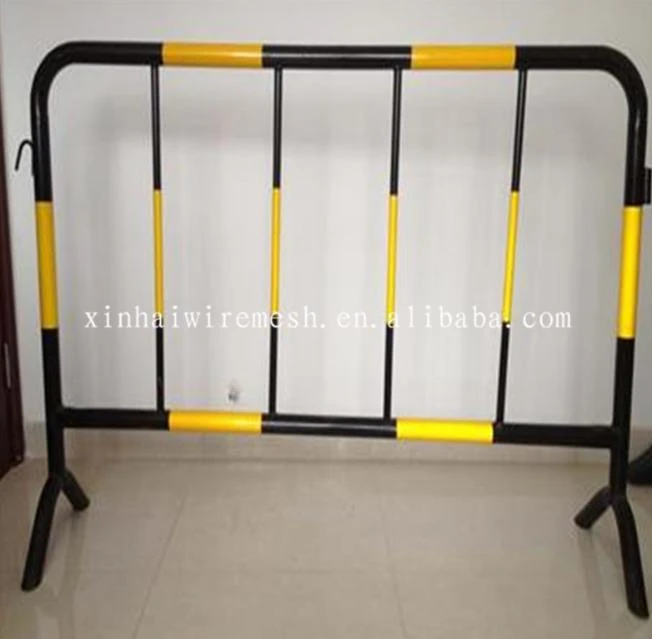 Safety barrier directs traffic flowIn high-risk environments, safety barrier systems stand as non-negotiable guardians against catastrophic incidents.Leggi di più >
Safety barrier directs traffic flowIn high-risk environments, safety barrier systems stand as non-negotiable guardians against catastrophic incidents.Leggi di più >Jul 11 2025
-
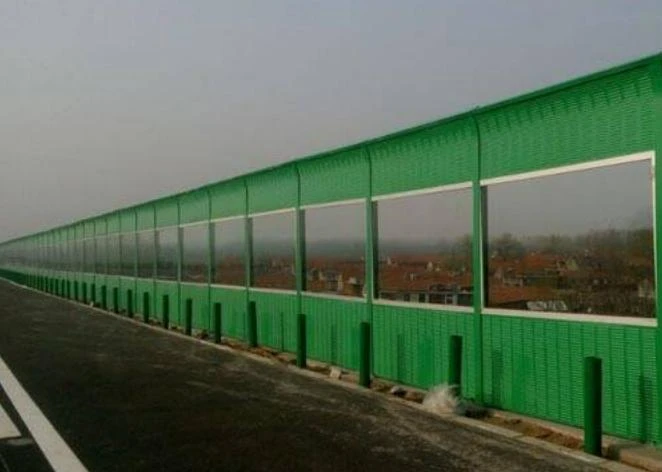 Modular Noise Barrier Eases InstallationUrbanization intensifies noise pollution, making noise barrier systems essential for preserving human health and tranquility.Leggi di più >
Modular Noise Barrier Eases InstallationUrbanization intensifies noise pollution, making noise barrier systems essential for preserving human health and tranquility.Leggi di più >Jul 11 2025
-
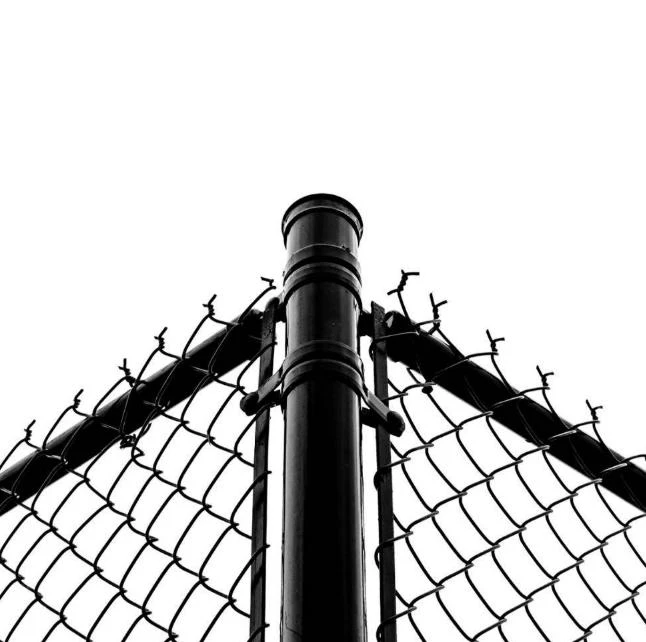 Metal fence types enhance securityMetal fence types form the backbone of modern perimeter security solutions worldwide.Leggi di più >
Metal fence types enhance securityMetal fence types form the backbone of modern perimeter security solutions worldwide.Leggi di più >Jul 11 2025
-
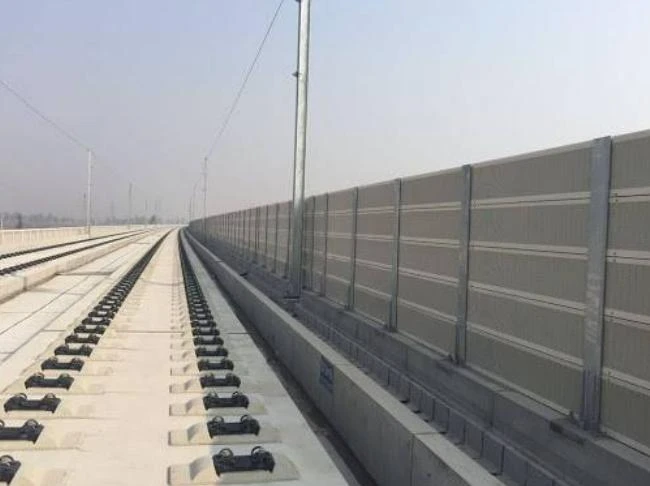 Crowd Control Barrier Manages Foot TrafficThe management of public gatherings demands precision, safety, and reliability, making crowd control barrier systems indispensable tools for organizers worldwide.Leggi di più >
Crowd Control Barrier Manages Foot TrafficThe management of public gatherings demands precision, safety, and reliability, making crowd control barrier systems indispensable tools for organizers worldwide.Leggi di più >Jul 11 2025
